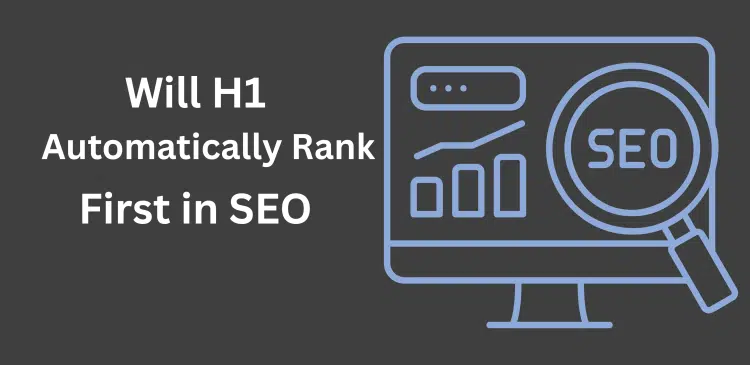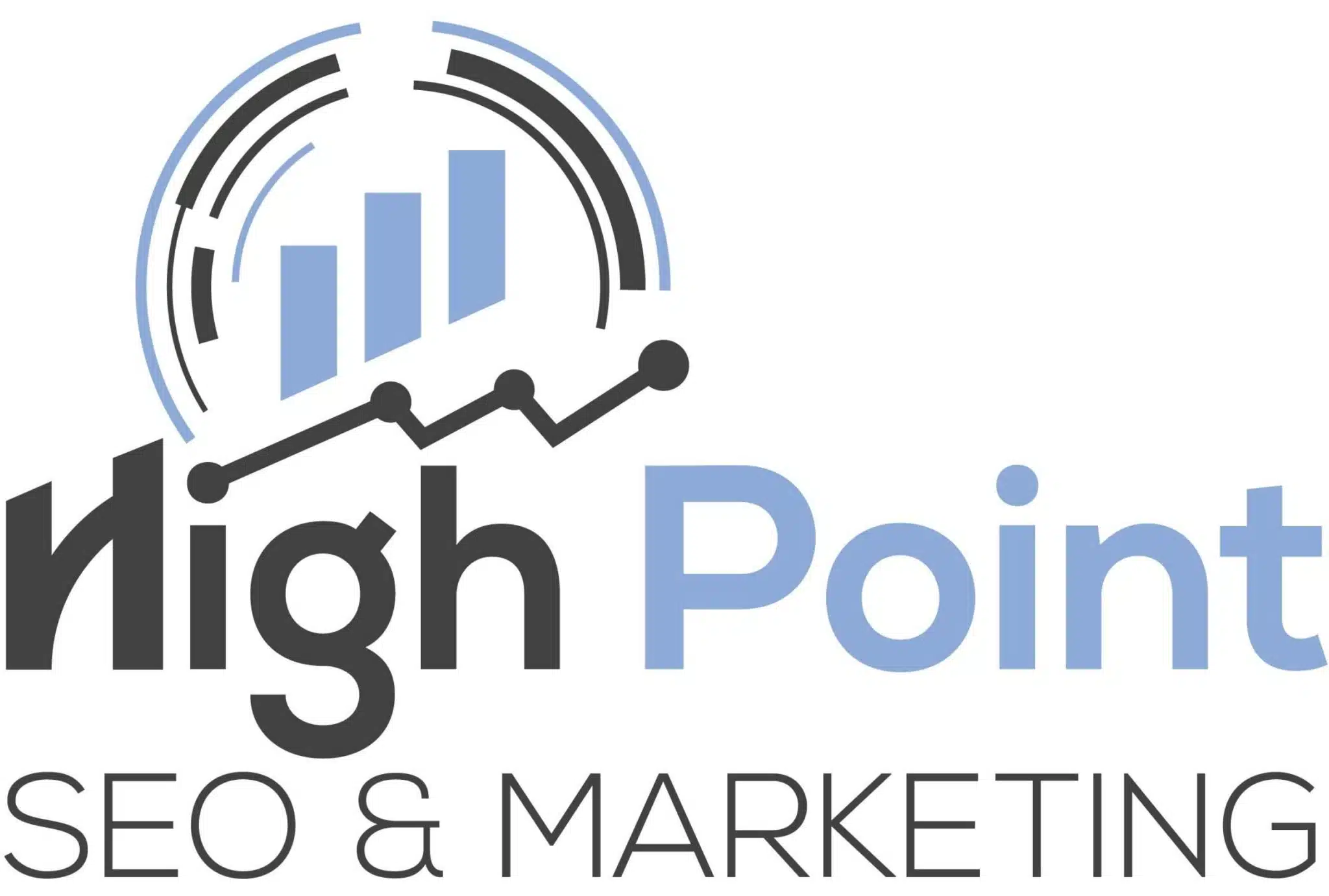Will H1 Automatically Rank First in SEO

In the ever-evolving landscape of SEO, staying updated is crucial for anyone looking to boost their search engine rankings. A key aspect to grasp is the significance of HTML elements, such as the H1 tag. The H1 tag has always been a crucial component in SEO strategies, serving as the primary heading for a specific website. However, does this mean that using an H1 tag will guarantee that the web page ranks on the first page of the SERPs? To tackle this question, let’s delve into the core principles and unique aspects of SEO, particularly focusing on how search engines, especially Google, evaluate web content.
Understanding the H1 Tag
The H1 tag in HTML serves to define the primary topic or title of the page. This is often utilized as a page heading to provide a concise overview of the information that follows. It’s generally accepted that using a single H1 tag on web pages aligns with SEO best practices. This text is typically designed to be distinct from the main body text, ensuring it stands out within the entire section it belongs to.
Historically, the H1 tag has been viewed as a crucial element for SEO, as search engines primarily relied on it to determine the main topic of a page. Writing an effective H1 is anticipated to enhance the visibility of the corresponding webpage in search engine results. It encompasses various elements including content quality, user experience, mobile compatibility, and technical SEO factors.
Google’s Approach to SEO
Throughout the years, algorithms have evolved significantly, moving beyond mere keyword searches to grasp the essence of website content, assess its relevance, and evaluate the quality of the information presented. While the H1 tag remains important, it functions solely as a factor in ranking any web page. Google has started to take into account various factors to assess the relevance and credibility of a web page.
Writing Quality: It’s essential to incorporate information that is not only accurate but also creative and insightful in your work. Conversely, Google’s objective is to prioritize content that proves beneficial for users during their searches, thoroughly addresses their inquiries, and captivates their interest. Quality plays a crucial role in how results are indexed.
User Experience (UX): User Experience (UX) has evolved into a significant factor; it is now a key criterion that influences rankings. Website speed, mobile-friendly design, user-friendly interfaces, and graceful degradation all contribute to creating positive experiences that are easy to navigate. Using proper headings and an H1 tag enhances user experience by allowing users to quickly and easily locate what they need, especially when they prefer not to sift through lengthy content.
Backlinks: The number and quality of backlinks pointing to a page are clear indicators often linked to the relevance of that particular webpage. Backlinks hold significant value for search engines, as they are viewed as external endorsements from other websites.
Technical SEO: The properties of a webpage, including metadata, structured data, and schema markup, must be utilized correctly. Additionally, enlisting the expertise of an SEO specialist is essential to ensure that the website is free from issues like broken links and crawl errors.
Semantic HTML: Focus on the overall structure and semantics of HTML on the page, with the H1 tag playing a crucial role in this aspect. Using potential headings (H2, H3, and other) along with other semantic tags helps searchers understand the structure and context of a page.
The Role of H1 in Modern SEO
While the H1 tag remains significant in today’s SEO landscape, it shouldn’t be viewed as the sole solution.
Here’s how you can approach SEO from this perspective:
Keyword Usage: When it comes to keyword usage, it’s important to place primary keywords strategically. The H1 tag is the most suitable location, as it aids search engines in grasping the page’s subject matter. It’s important to avoid overusing certain terms to prevent potential penalties and to maintain the quality of your content.
Content Relevance: The text in the H1 should align with the content found on the web page or the linked document. Poorly optimized H1 tags can lead to significantly increased bounce rates and a decline in SEO performance.
Complementary Structure: Implement H2, H3, and additional heading tags to organize content in a coherent manner. Additionally, it enhances readability and provides search engines with clues about the connections between different sections of the content.
Effective Strategies for Implementing H1 Tags
Here are some helpful tips for effectively using H1 tags in SEO:
Single H1 Tag: Typically, a single H1 tag is adequate for encompassing all the content presented on a single page. This adheres to HTML5 standards, which permit multiple H1 tags in certain contexts, though it is generally recommended to use just one.
Relevance: It’s essential that the link aligns with the content of the H1 tag and accurately represents the overall theme of the page. This improves the user experience and aligns with Google’s recommendations on relevance.
Good Grammar: The H1s should be optimized for keywords, but they also need to be properly spaced and maintain good grammatical structure. This could encourage users to click, ultimately aiding in the reduction of bounce rates.
Hierarchy: Make sure that the H1 tags maintain a consistent pattern to provide both your site and your readers with a familiar look. This method can foster a more cohesive brand identity, enhancing user navigation throughout the site.
Avoid Overusing Keywords: Don’t attempt to cram keywords into the H1 simply because it’s a heading level. Avoiding this aligns with Google’s guidelines and helps minimize penalties for deceptive practices.
